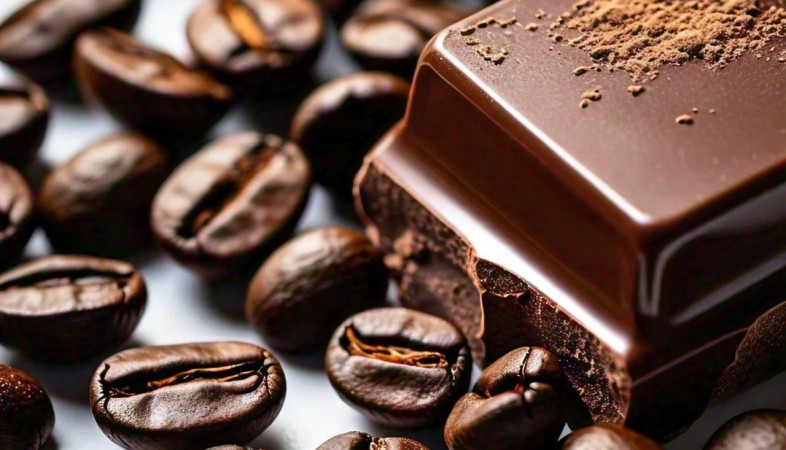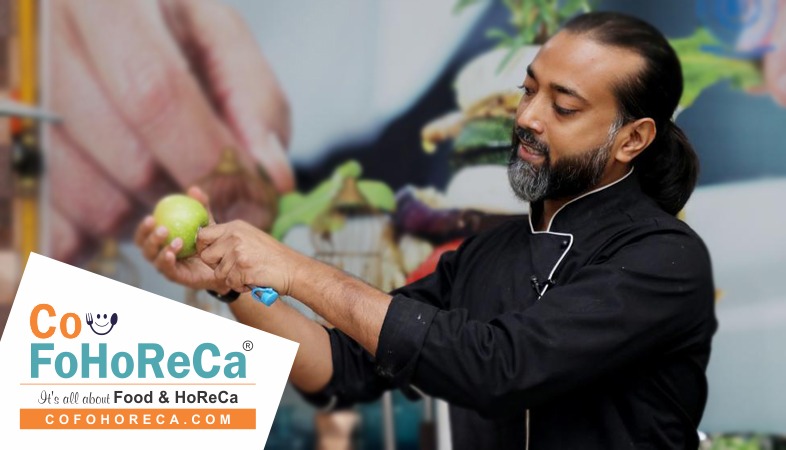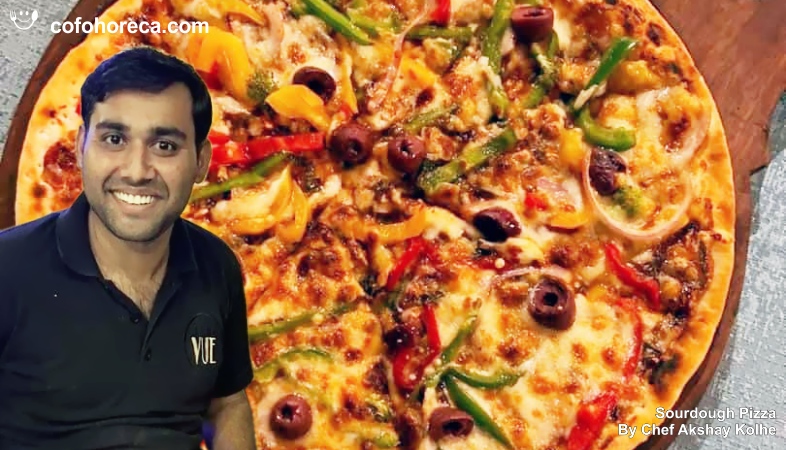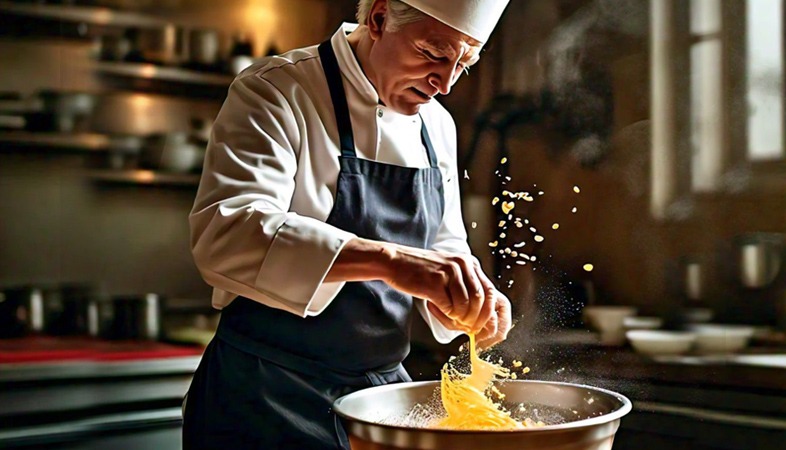Southeast Asian Confections: From Sticky Rice Candies to Coconut Treats
From sweet sticky rice candies to indulgent coconut treats, Southeast Asian desserts are a delightful blend of textures, flavors, and colorful presentations.
Southeast Asia is home to a vibrant and diverse culinary
culture, with an impressive array of flavors, textures, and ingredients. This
region, which includes countries such as Thailand, Vietnam, Indonesia,
Malaysia, and the Philippines, offers an abundance of traditional confections
that showcase the use of tropical fruits, aromatic herbs, and rich spices. From
sweet sticky rice candies to indulgent coconut treats, Southeast Asian desserts
are a delightful blend of textures, flavors, and colorful presentations. These
sweets not only provide an authentic taste of the region’s culinary heritage
but also present exciting opportunities for bakeries and confectioneries
looking to diversify their offerings.
One of the most iconic sweets in Southeast Asia is sticky rice, which has become a staple ingredient in many confections. Sticky rice is often combined with coconut milk, sugar, and pandan leaves, creating rich, aromatic, and chewy desserts that delight the senses. A well-known treat that utilizes sticky rice is the Thai dessert "Khao Niew Mamuang," which pairs the chewy rice with sweet, ripe mangoes and a drizzle of coconut milk. Another popular dessert is the Filipino "Suman," which consists of sticky rice wrapped in banana leaves and steamed to perfection. These sticky rice-based treats often feature a combination of textures, from the creamy coconut milk to the firm, chewy rice, creating a satisfying mouthfeel that is both comforting and indulgent.
Coconut is another key ingredient that plays a starring role in many Southeast Asian desserts. Its versatility allows it to appear in various forms, including coconut milk, grated coconut, coconut cream, and toasted coconut, each contributing its own unique flavor and texture. One of the most famous coconut-based confections is the Indonesian "Klepon," a glutinous rice cake filled with melted palm sugar and coated with grated coconut. The cake’s outer layer is chewy, while the sugary filling bursts in the mouth, creating a delightful contrast in both texture and sweetness. Similarly, in Thailand, "Kanom Krok" are small coconut pancakes made from coconut milk, rice flour, and sugar, cooked in a special pan to achieve a crispy exterior and soft, creamy center.
In the Philippines, coconut plays a central role in desserts such as "Buko Pandan," a sweet salad made with young coconut, pandan jelly, and a creamy dressing made from coconut milk and condensed milk. This dessert, known for its vibrant green color and refreshing flavors, is a popular choice at festive gatherings and family meals. Coconut also makes an appearance in Filipino "Turon," a spring roll filled with sliced bananas and grated coconut, then deep-fried to a crisp golden finish. The combination of the sweet banana and coconut wrapped in a crispy shell offers a satisfying balance of flavors and textures.
Beyond coconut and sticky rice, Southeast Asian desserts are also defined by the use of tropical fruits and aromatic spices. In Vietnam, the dessert "Che" consists of a variety of sweet soups or puddings that can feature ingredients like mung beans, lotus seeds, jackfruit, and durian. The sweet soup is often served chilled, making it a refreshing option for warm weather. Another well-loved dessert from Vietnam is "Bánh Chu?i N??ng," a banana cake made with coconut milk, sugar, and banana slices, baked into a moist, rich cake that reflects the region's affinity for using tropical fruits in sweets.
The use of pandan, a fragrant green leaf often described as having a vanilla-like aroma, is another hallmark of Southeast Asian sweets. Known as the “vanilla of Asia,” pandan is frequently used in desserts to impart a unique flavor and vibrant color. In Malaysia, "Kuih Ketayap" is a rolled crepe filled with coconut and palm sugar, flavored with pandan leaves to give it a distinctive green color and aromatic sweetness. Pandan also appears in other iconic desserts like Thai "Kanom Chan," a layered jelly-like treat that uses pandan juice to achieve its signature color and subtle taste.
While these confections are deeply rooted in tradition, many contemporary bakeries and patisseries are finding ways to adapt these beloved sweets for a global audience. The accessibility of Southeast Asian ingredients, particularly through online markets, has made it easier for chefs and home bakers to recreate these sweets and incorporate them into fusion desserts. For example, sticky rice could be used as a filling in doughnuts or cakes, or coconut milk could be infused into ice cream for a tropical twist. These adaptations not only preserve the traditional flavors of Southeast Asia but also offer a fresh perspective on how these confections can be enjoyed in new formats.
Southeast Asian confections provide a rich tapestry of flavors, textures, and aromas that reflect the diversity and creativity of the region's culinary traditions. From sticky rice-based sweets to coconut-filled treats, these desserts offer an exciting opportunity to explore new ingredients and flavor combinations. Whether you're indulging in the chewy, fragrant rice cakes of Thailand or savoring the creamy coconut desserts of the Philippines, Southeast Asian sweets are a journey through the vibrant tastes of the tropics. By integrating these confections into bakeries or home kitchens, you can introduce new tastes to your customers or family, while celebrating the diverse flavors that define the region's culinary heritage.
.png)












.jpeg)














